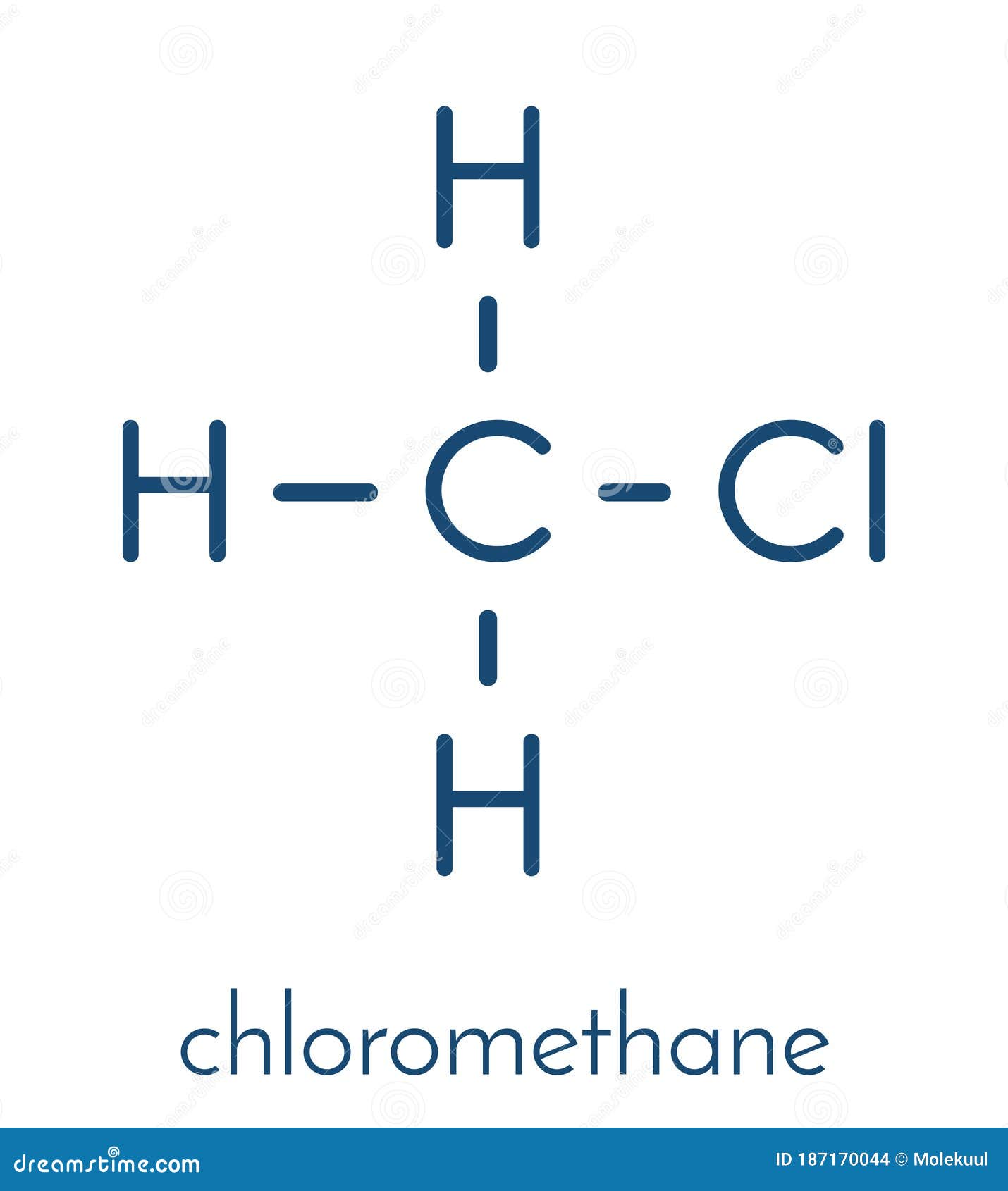Ch 3 cl molecular weight: 50. 488 iupac standard inchi: Explore molecule shapes by building molecules in 3d! How does molecule shape change with different numbers of bonds and electron pairs? Find out by adding single, double or triple.
Find out its bond angle,. Count the number of regions of electron density (lone pairs and bonds) around the central atom. A single, double, or triple bond counts as one region of electron density. In order to draw the lewis structure of ch3cl, first of all you have to find the total number of valence electrons present in the ch3cl molecule. (valence electrons are the. An electron group can be an electron pair, a lone pair, a single unpaired electron, a double bond or a triple bond on the center atom. Using the vsepr theory, the electron bond pairs. Chlorine has 7 valence electrons. We add them up, we get 14 total valence electrons. Carbon will go in the center. Hydrogens always go on the outside. And then chlorine, which is very. It has the following properties: Chcl3 molecular geometry and shape. Two regions of electron density around a central atom in a molecule form a linear geometry;
Hydrogens always go on the outside. And then chlorine, which is very. It has the following properties: Chcl3 molecular geometry and shape. Two regions of electron density around a central atom in a molecule form a linear geometry; Three regions form a trigonal planar geometry; Four regions form a tetrahedral. Valence electrons the electrons of an atom can divided into two categories: Valence and core electrons. Valence electrons are those occupying the outermost shell or highest. Two regions of electron density around a central atom in a molecule form a linear geometry; Three regions form a trigonal planar geometry; Four regions form a tetrahedral geometry; Explore the interactive simulation to understand how molecule shapes are determined by electron pairs and bond types. The valence shell electron pair repulsion model (vsepr model) the guiding principle: Bonded atoms and unshared pairs of electrons about a central atom are as far from one another as.
Three regions form a trigonal planar geometry; Four regions form a tetrahedral. Valence electrons the electrons of an atom can divided into two categories: Valence and core electrons. Valence electrons are those occupying the outermost shell or highest. Two regions of electron density around a central atom in a molecule form a linear geometry; Three regions form a trigonal planar geometry; Four regions form a tetrahedral geometry; Explore the interactive simulation to understand how molecule shapes are determined by electron pairs and bond types. The valence shell electron pair repulsion model (vsepr model) the guiding principle: Bonded atoms and unshared pairs of electrons about a central atom are as far from one another as.
DMV Blues In Miami: Myth Or Reality?
Who's The Most Wanted? Tracking Down The Fugitives On The WPB Booking Blotter
Empowering Parents With Insight: Volusia Parent Portal's Illuminating Light
